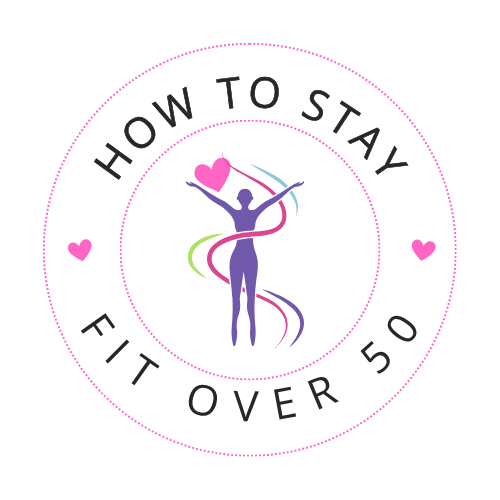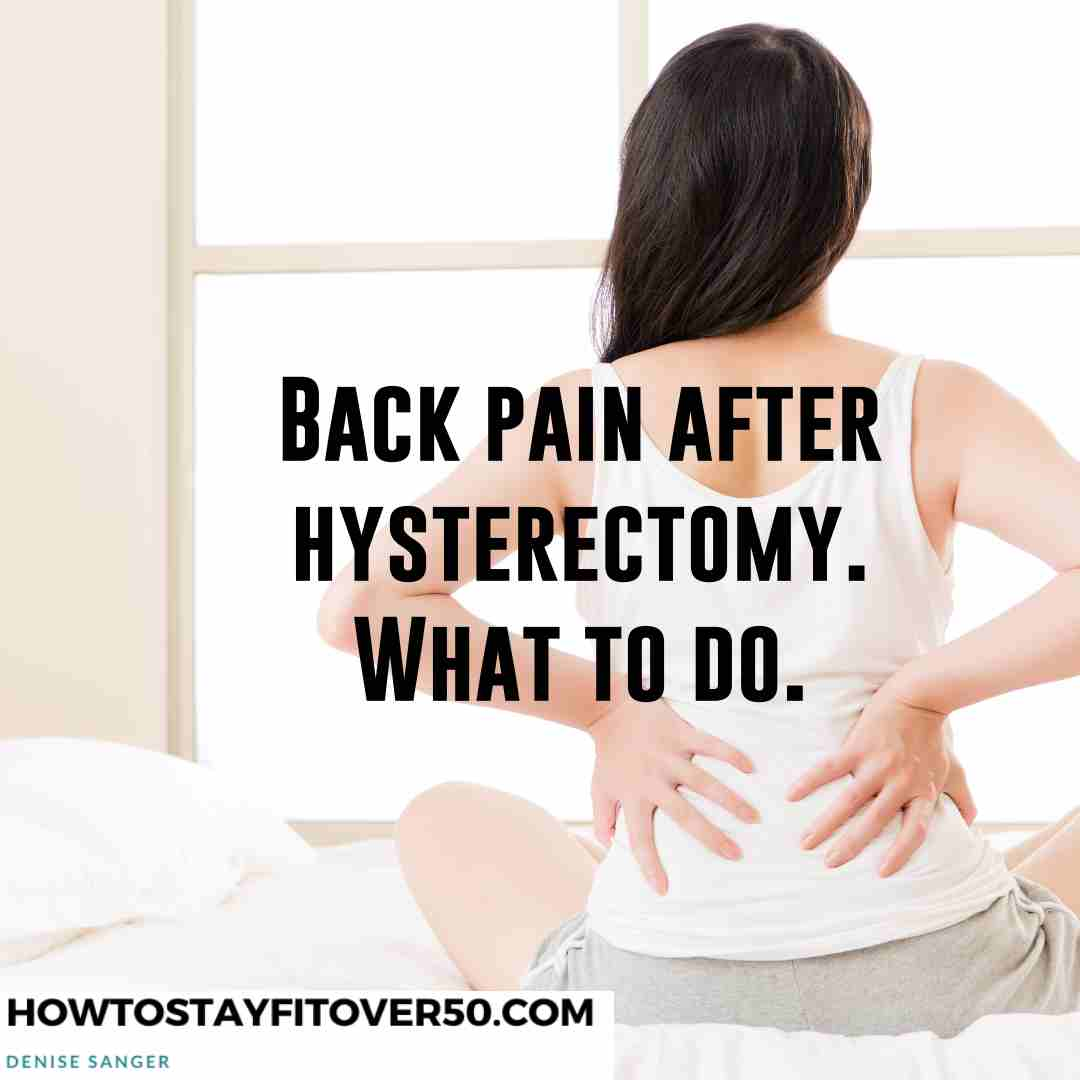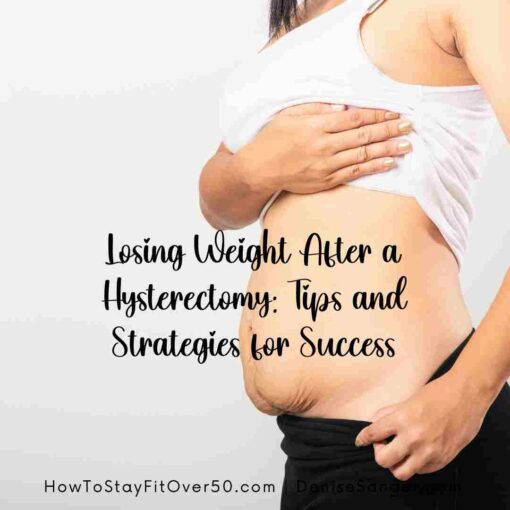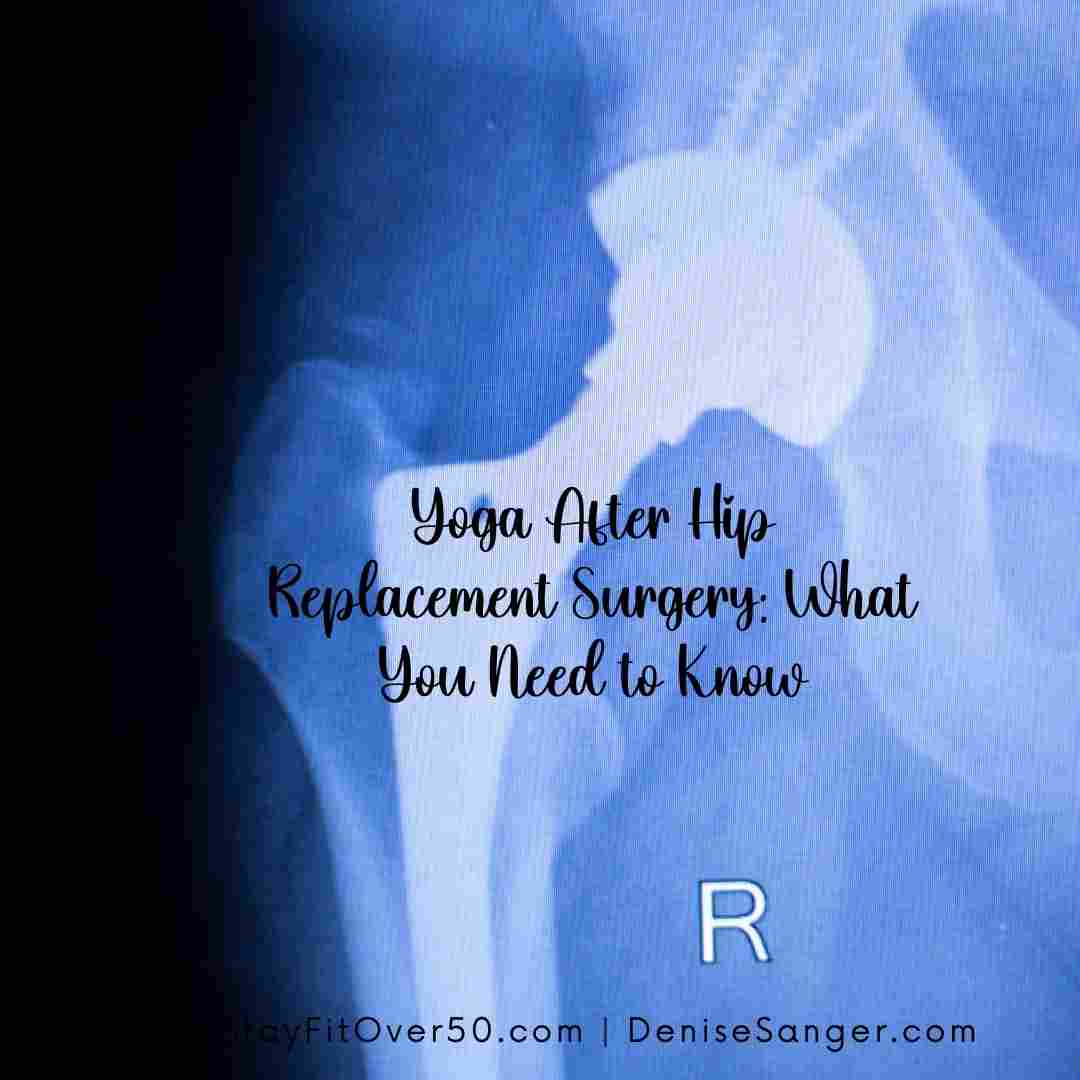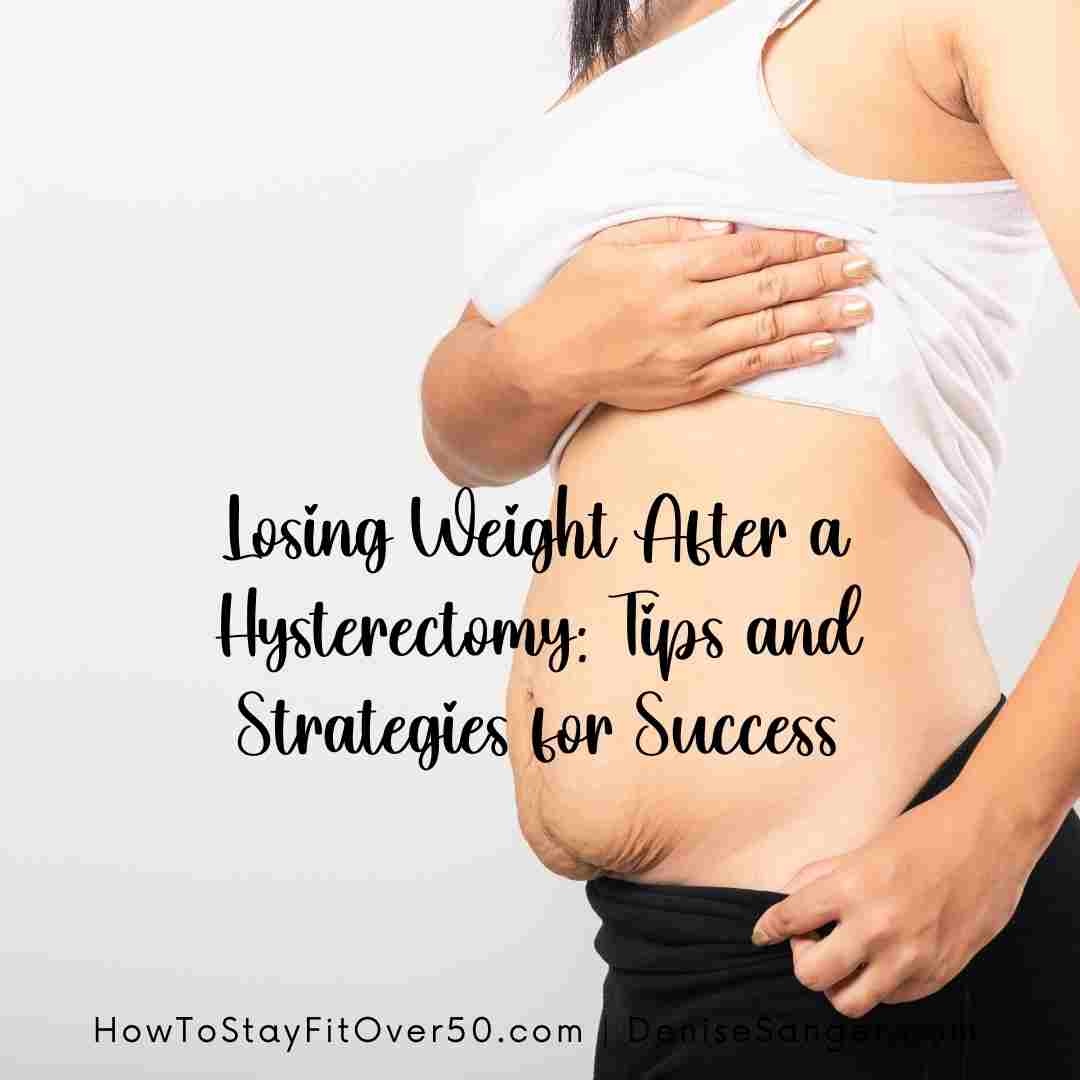We may earn money or products from the companies mentioned in this post.
Back pain after a hysterectomy can be an unexpected and uncomfortable side effect of an otherwise routine surgical procedure. Before we start, I want to say if you are in pain, contact your doctor immediately.
While a hysterectomy can provide relief from the symptoms of various health conditions, the recovery process may come with its own set of challenges. Understanding what to expect and how to manage postoperative back pain is crucial for a smoother recovery.
I personally did not experience back pain, but know many that have. Let’s chat about the reasons behind back pain after a hysterectomy, provide some practical hysterectomy recovery tips, and offer advice on when to seek medical attention.
Understanding Hysterectomy and Its Impact on the Body
A hysterectomy is a surgical procedure that involves the removal of the uterus and sometimes other reproductive organs. This operation can be performed for a number of reasons, including uterine fibroids, endometriosis, uterine prolapse, chronic pelvic pain, abnormal bleeding, and cancer.
Types of Hysterectomy Procedures
- Total Hysterectomy: Removal of the uterus and cervix.
- Partial Hysterectomy: Removal of the upper part of the uterus, leaving the cervix in place.
- Radical Hysterectomy: Removal of the uterus, cervix, the tissue around the cervix, and the upper part of the vagina. This is usually done when cancer is present.
The type of hysterectomy performed can influence the recovery process and the potential for back pain.
Laparoscopic Hysterectomy Recovery Tips
Laparoscopic hysterectomy is a minimally invasive surgery where the uterus is removed through small incisions in the abdomen. This procedure typically results in less pain and a quicker recovery compared to an abdominal hysterectomy. Nonetheless, some women may still experience back pain during recovery.
Causes of Back Pain After Hysterectomy
Back pain following a hysterectomy can stem from several sources:
Changes in Pelvic Support
The uterus plays a role in supporting the structure of the pelvis. When it is removed, other muscles and ligaments must adjust, which can lead to temporary back pain.
Surgical Positioning
During surgery, you may be positioned in a way that places stress on your back. This can lead to muscle strain and discomfort after the procedure.
Postoperative Rest and Inactivity
Extended periods of rest and limited movement after surgery can cause muscle stiffness and back pain.
Emotional Stress
Surgical recovery can be an emotional time. Stress and tension can manifest physically, often in the form of back pain.

Managing Post-Hysterectomy Back Pain
Immediate Postoperative Care
Right after surgery, it’s important to follow your doctor’s instructions carefully. This includes taking prescribed medications, resting appropriately, and gradually increasing activity as recommended.
Gentle Exercise and Physical Therapy
As soon as your doctor gives the go-ahead, start with gentle exercises. Walking and light stretching can improve circulation, reduce stiffness, and strengthen back muscles. Physical therapy may also be beneficial.
Mind-Body Techniques
Mind-body techniques such as meditation, deep breathing exercises, and yoga can help manage the emotional aspects of recovery and may alleviate some back pain.
Heat and Cold Therapy
Applying heat or cold packs to the affected area can provide temporary relief for back pain. Heat can relax muscles, while cold can reduce inflammation.
Ergonomic Considerations
Ensure your resting and sleeping positions support your back. Use pillows for support and sleep on a comfortable, supportive mattress.
Medications
If over-the-counter pain relievers are insufficient, speak with your doctor about other pain management options.
When to Seek Medical Help
It’s normal to experience some back pain after a hysterectomy, but certain symptoms warrant medical attention:
- Severe pain that doesn’t improve with rest or pain medication.
- Pain accompanied by fever, which could indicate an infection.
- Numbness, weakness, or tingling in the legs.
- Loss of bladder or bowel control.
If you experience any of these symptoms, contact your healthcare provider immediately.
Long-Term Recovery Tips
Stay Active
Once you’ve fully recovered, maintaining an active lifestyle is key to preventing future back pain. Regular exercise strengthens the core and back muscles, providing better support for your spine.
Maintain a Healthy Weight
Excess weight can place additional stress on your back. Keeping your weight within a healthy range can help alleviate unnecessary strain.
Proper Nutrition
A diet rich in calcium and vitamin D supports bone health, which is essential for a strong back.
Posture Awareness
Be mindful of your posture when sitting, standing, and lifting objects. Proper alignment can prevent back strain.
A Holistic Approach to Recovery
Recovering from a hysterectomy, like any surgery, involves both the body and mind. By understanding the potential causes of back pain and employing a holistic approach to recovery, you can navigate this period with greater comfort and ease. Remember to follow your healthcare provider’s guidance, listen to your body, and take the necessary steps to support your overall well-being.
